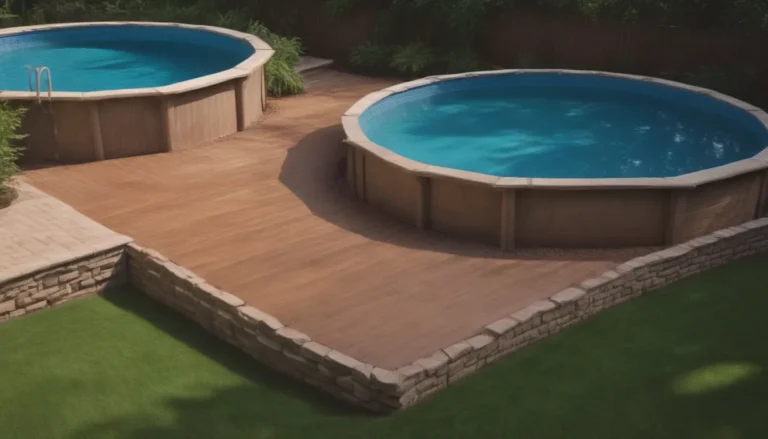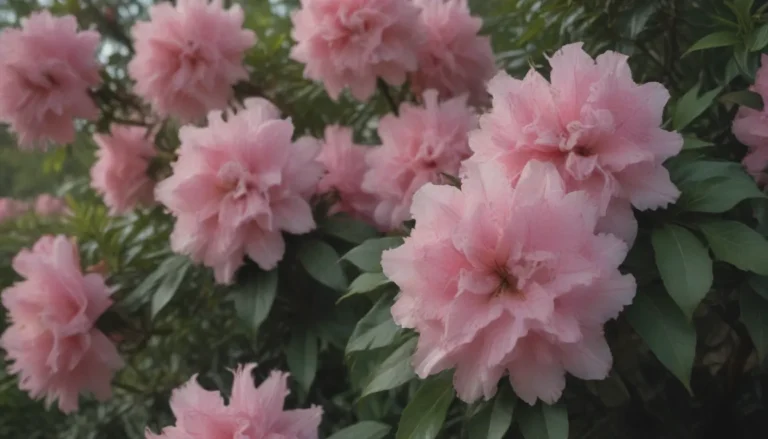The Ultimate Guide to Growing Coral Bark Maple (‘Sango Kaku’ Maple)

Are you looking to add some color and visual interest to your outdoor space all year round? Look no further than the stunning coral bark maple, also known as Acer palmatum ‘Sango-kaku’. This slow-growing Japanese maple is a medium-sized tree renowned for its beautiful aesthetic qualities that make it a prized addition to any landscape. From its vibrant yellow to neon green foliage in spring and summer to its striking yellow or salmon-red leaves in autumn, the coral bark maple never fails to impress. And let’s not forget about its show-stopping dark pink bark that shines in the winter months. With its adaptability, slow growth rate, and overall beauty, the coral bark maple is the perfect choice for anyone looking to add a focal point to their outdoor space.
The Beauty of Coral Bark Maple
The coral bark maple truly shines all year round with its stunning features:
- Spring and Summer: The foliage of the coral bark maple is a sight to behold, with its light yellow to neon green color that stands out against darker foliage.
- Autumn: As the seasons change, the leaves of the coral bark maple transform into a shocking yellow or salmon-red color.
- Winter: Even in the winter, when most trees have lost their leaves, the coral bark maple’s dark pink bark remains a highlight in any landscape.
Coral Bark Maple Care Guide
While some Japanese maples can be finicky, the coral bark maple is relatively easy to care for as long as you follow some essential guidelines:
Light
Light is a crucial factor to consider when caring for your coral bark maple. While the tag may say it can thrive in full sun to partial shade, it’s essential to provide some protection for young trees to prevent sun scorch. You can use a shade screen in the early spring until the tree can handle full sun, ensuring vibrant fall colors without damaging the foliage.
Soil
The coral bark maple is adaptable to various soil conditions, preferring moist, well-drained soil with a slightly acidic to neutral pH. It can tolerate heavy clay, sand, and loam, making it a versatile option for different landscapes.
Water
One of the attractive features of the coral bark maple is its drought tolerance once established. Water your tree weekly during the growing season to ensure a robust root system. A rule of thumb is to water at a rate of 10 gallons per inch of trunk diameter for the first two years to promote healthy growth.
Temperature and Humidity
Native to Korea and Japan, the coral bark maple thrives in moderate temperatures with warm summers and mild winters. It prefers USDA growing zones 6b to 8a and may not tolerate extreme heat or humidity well. Ensure your tree is placed in a sunny location to withstand early frosts.
Fertilizer
Unlike native maples, ornamental Japanese maples like the coral bark maple benefit from fertilization. Test your soil before fertilizing to determine any deficiencies and choose a fertilizer with a higher nitrogen concentration to promote foliage and branch growth.
Pruning Tips for Coral Bark Maple
Pruning is essential to maintain the health and shape of your coral bark maple. Whether you’re shaping the tree or keeping it small, proper pruning techniques will ensure a beautiful tree:
Rounded Shape
Maintaining the natural form of your tree is a matter of regular maintenance, removing intersecting branches, deadwood, and shaping the tree as it grows. Ensure a dominant leader and remove any inward-facing or sharply angled branches to promote healthy growth.
Keeping the Tree Small
If you’re concerned about your tree outgrowing your space, consider drop-crotch pruning to reduce its size. Avoid topping the tree and instead focus on making precise cuts to control its growth and maintain its shape.
Propagating Sango Kaku Japanese Maple
Want to expand your collection of coral bark maples? Propagating your own trees can be a rewarding experience. Here’s how you can propagate your coral bark maple:
- Fill a pot with moistened organic soil-less potting mix.
- Take semi-soft wood branches from your maple tree, ensuring they are not too soft or too woody.
- Remove lower leaves, trim the stem, and apply rooting hormone before planting the cutting in the potting mix.
- Place the pot in a warm, indirect light location and maintain a consistent temperature between 60 and 80°F for successful rooting.
Common Pests and Plant Diseases
While the coral bark maple is relatively disease-resistant, it may still face some pest issues and diseases. Keep an eye out for pests like scale, maple worms, leafrollers, and aphids, along with diseases like Anthracnose that can cause cosmetic damage. Regular inspections and proper care will help keep your tree healthy and thriving.
By following these care tips and guidelines, you can enjoy the beauty of the coral bark maple in your landscape all year round. Whether you’re a seasoned gardener or a beginner, this stunning Japanese maple is a fantastic addition to any outdoor space. So, why wait? Bring home a coral bark maple today and watch as its beauty transforms your landscape!





